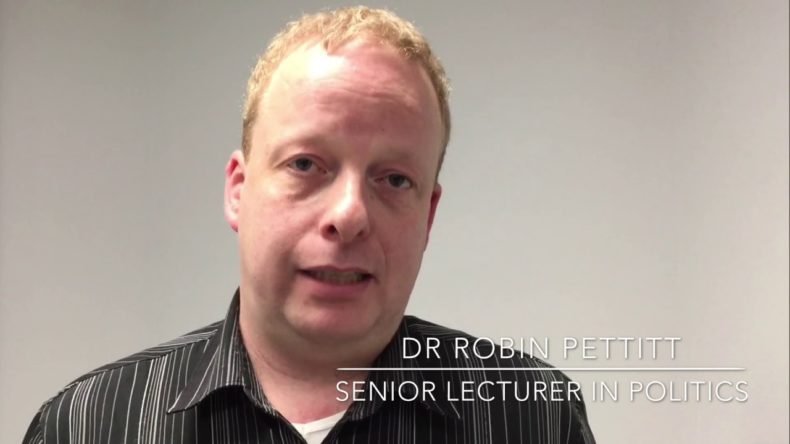Recruiting and retaining party activists: what the research says

I’ve previously covered the research of academic Robin Pettitt into how political parties strive to recruit and retain volunteer activists. His book on the topic is now out, and he’s kindly written a guest piece on what the book finds:
How do you grow and maintain your pool of local party activists needed for successful grassroots campaigns? This is the question that my book Recruiting and Retaining Party Activists: Political Management at the Grassroots seeks to answer (although what follows will need Covid-19 modifications until we all get past that).
Some people have a personal disposition to turn up without encouragement. However, these ‘self-recruiters’ are unlikely to be enough in terms of sheer numbers. It is, therefore, necessary to identify those who might be willing to become active given the right encouragement. There are two main sources of such people: inactive party members (of which there are many in all parties) and firm non-member supporters. Many of these have no wish to become active, but approached in the right way there is a worthwhile pool of potential activists amongst them.
A key lesson is that a personal 1-2-1 approach to recruiting potential activists is the best route to success. Asking in person is much more likely to yield results than the mass or even individual email. Further, what is being asked for initially is not activism, but more along the lines of e.g. ‘we have this event with [big name speaker] coming up / we are meeting for drinks, would you like to come along?’ Once the potential activist has agreed to attend a ‘soft’ party event it is crucial that they are welcomed with open arms – a perhaps obvious, but also often overlooked element of recruitment. After they have had a pleasant introduction to the wider party, they are more likely to be willing to attend their first campaigning session, at which they will need support from experienced activists.
Maintaining your pool of activists has a human side and an organisational side. A big part of the human aspect of retention is about ensuring that there is a social side attached to any campaign session. This allows for bonding over the sharing of ‘war stories’ from the campaign trail and encourages personal connections and even friendships that will keep people coming back. Socialising alongside continuous expressions of gratitude will go a long way towards keeping people involved.The organisational side is principally about making campaigning as easy as possible for activists. As much as possible, campaigning needs to be tailored to individual capabilities and wants. This also means making the best use of technology to allow campaigning from home and at times that suits the activists. In addition, it is important to share campaigning information with activists so that they can see the point and impact of their work.
Finally, it is crucial to accept that retention is never ‘done.’ It is a continuous process of maintaining a retention enhancing campaigning environment for novice and veteran activists alike.
Much more detail can be found in the book itself, and via the author: r.pettitt@kingston.ac.uk.
You can buy Recruiting and Retaining Party Activists: Political Management at the Grassroots via Waterstones or Amazon.
Want to hear more about what the Lib Dems are doing in Parliament? Sign-up for a weekly update here.
Leave a Reply